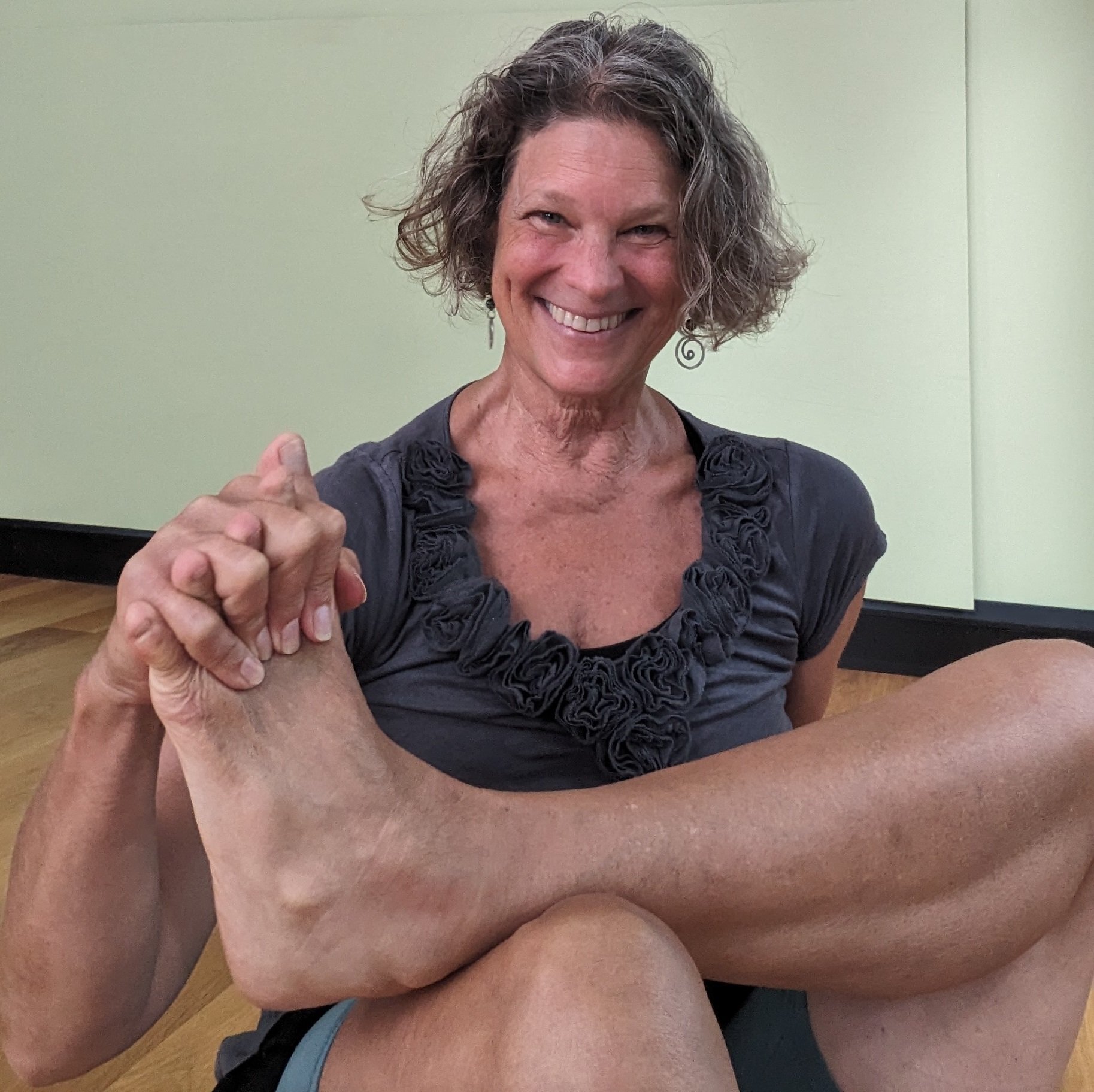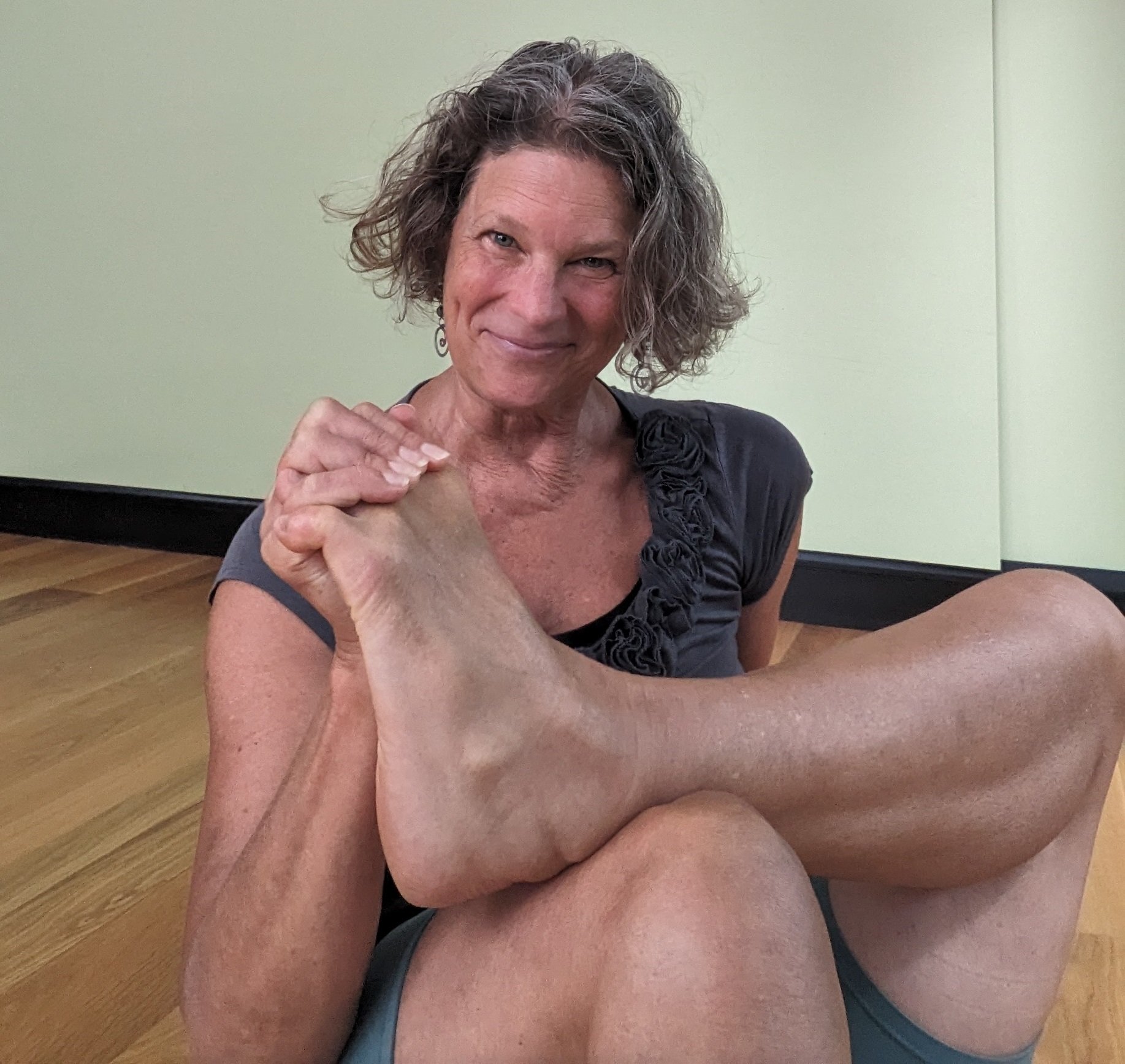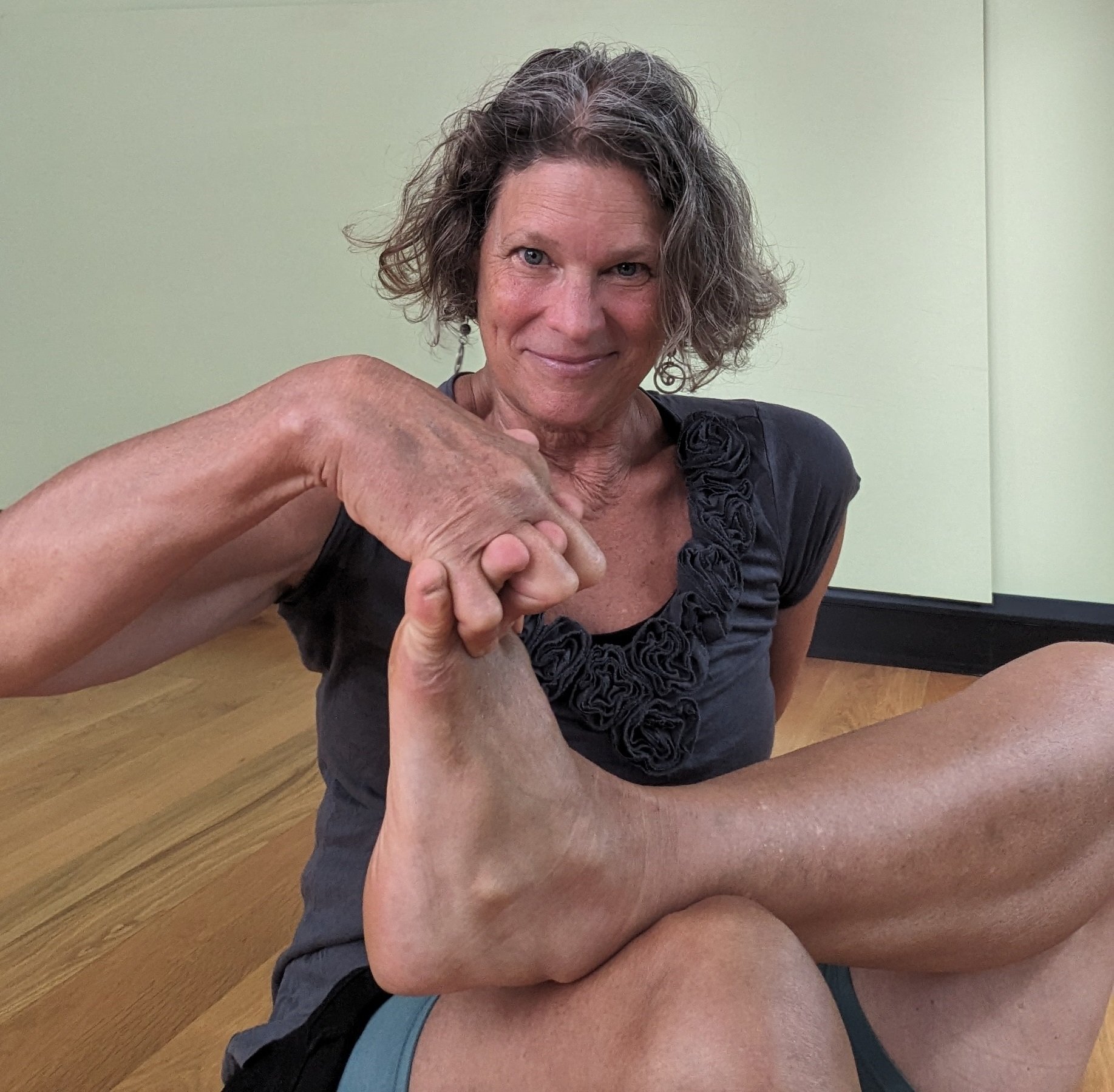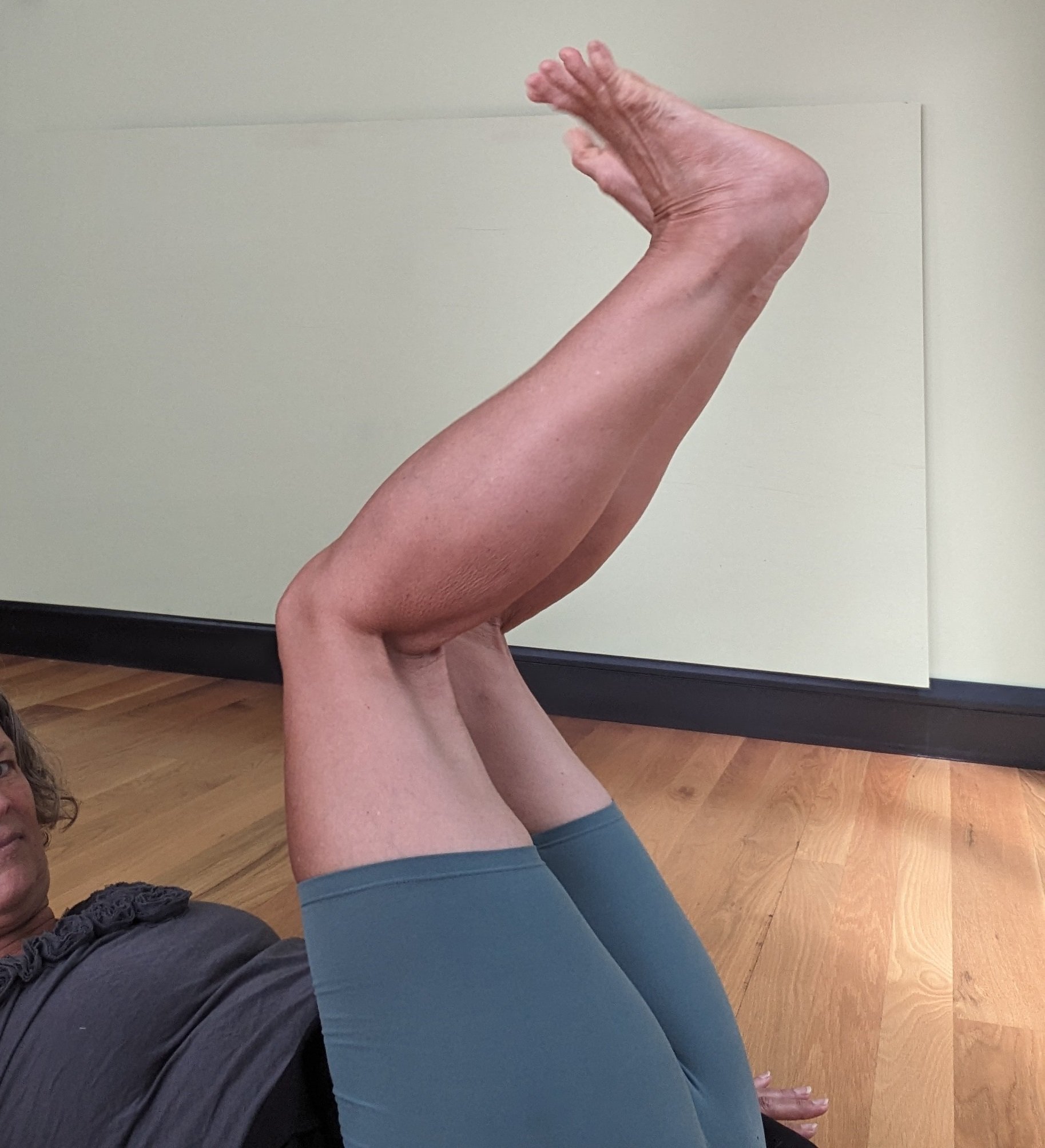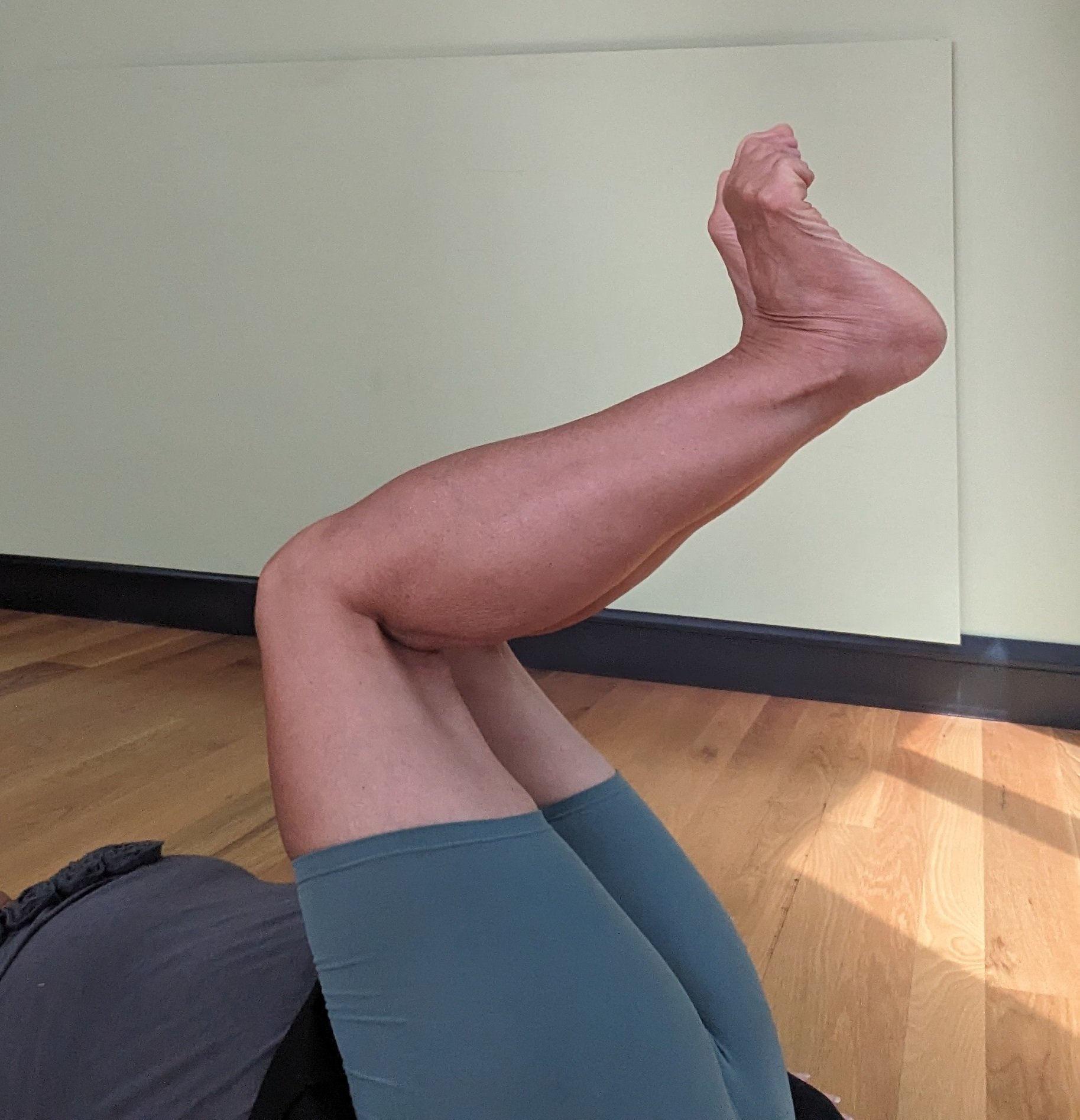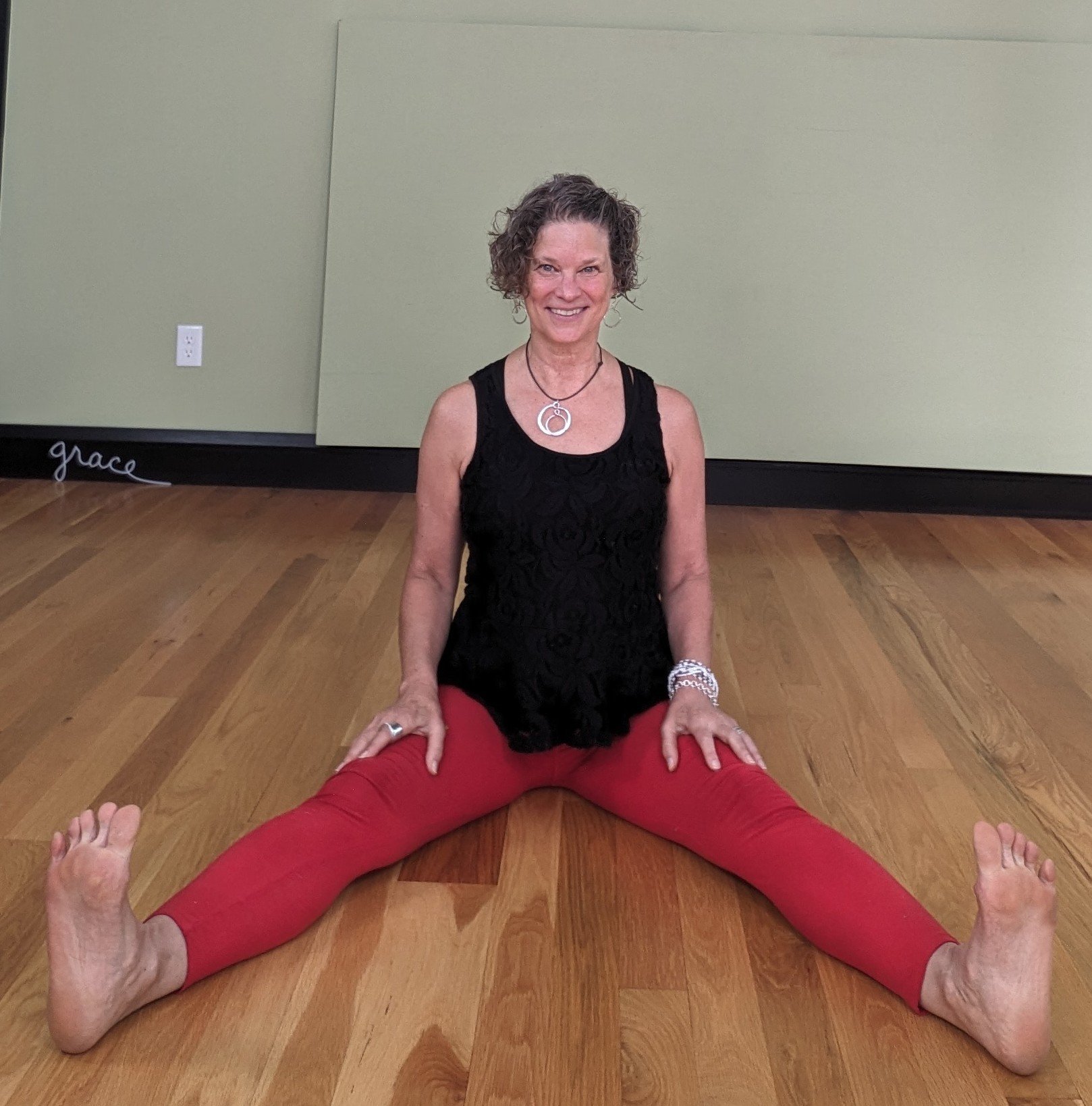This is Part 1 of the 7-Part Gentle Rewilding series!
We’ve been tamed, y’all. Modern life molds and changes our bodies, minds and spirits. Much of our modern domestication is just fine: I’m glad we use forks and don’t spit inside and don’t drink milk straight out of the carton (oh wait, I do that). But some of our taming is worth questioning and unwinding. This series is an exploration of ways of reconnecting to our human design with gentle rewilding.
Gentle Rewilding
“Rewilding” is an approach to ecological restoration focused on increasing biodiversity and restoring natural processes. An offshoot of this ecological movement is “human rewilding,” which aims to restore more diversity and adaptability of human life. This type of rewilding can include nature-centered fitness, survival and foraging skills, and connection with ancestral practices.
My introduction to human rewilding was through the work of Tony Riddle who calls himself a Natural Life-Stylist. I learned exercises from him that I’d never seen before (and I’ll share my versions of some below) but as a 59-year-old movement teacher, his physical feats are pretty extreme. Running marathons barefoot, climbing frozen mountains and diving into glacial pools aren’t anything I’m interested in. But waking up my body in ways that align with its design and potential? Supporting my body so it’s more adaptable and resilient? I’m all in for that. I call my version Gentle Rewilding.
Feet are the Foundation
Feet are the foundation. Photo: Rebecca George Photography
Feet are the foundation of most human movement and of my work as a mindful movement leader and guide.* The longer I guide movement experiences for myself and others, the more I understand that strong, mobile, flexible feet are at the root of comfort, balance and adaptability in movement and in life.
Almost all of us have had our feet bound in shoes (often shoes with a heel and often too small) since before we could walk. Most modern shoes act as a “cast” holding our feet still and stiff. This “casting” combined with walking almost exclusively on hard, flat surfaces, has compromised the dexterity and responsiveness our feet are designed to have.
The human foot is a miracle of 26 bones, 33 joints and hundreds of muscles, but if it’s held in shoes that don’t allow much movement, the foot’s abilities atrophy. Imagine, for example, a foot that is accustomed to being encased in shoes and walking on hard flat surfaces. It may do fine navigating movement in those circumstances but what happens when it steps on a hard hickory nut, lands oddly on a root or gets caught on a curb? That foot won’t have many options for movement, recovery or adaptation and is therefore more at risk for injury.
“Barefoot” Shoes
Ready to hike in a dress and barefoot shoes!
Biomechanist and author, Katy Bowman is a strong advocate for giving your body nutritious movement … and nutritious footwear. Since reading her book, Whole Body Barefoot years ago, I go barefoot or wear “barefoot” or zero drop shoes almost all the time.
Shoes with no heel and soft soles take some getting used to and it’s best to move into them slowly. It’s worth investing in the transition, though since re-acclimating our feet to move with the surfaces underneath them rewards us with more responsiveness, resilience and balance. (Even or perhaps especially if you have a foot condition which makes barefoot shoes untenable, investing in other foot care is worth doing! See more below!)
After two significant foot injuries and nearly six decades in this body, I find that my feet thrive best when I offer consistent care and attention. Although I lead barefoot classes and wear barefoot shoes, my feet need daily tending.
Tony Riddle, extreme badass that he is, teaches what he calls “Toe-Ga” to increase foot dexterity. I’ve adapted some moves from him and from my own practice to create Gentle Rewilding Toe-Ga.
Gentle Rewilding with Toe-Ga
1. Hold Hands with Feet. Wave & Flex/Scrunch.
One of the repercussions of wearing restrictive shoes is that the toes, which are designed to move independently just like fingers, get smushed together. Spreading the toes with your fingers is a great way to open up the joints, reduce friction between the toes and expand mobility. Start by sliding just the tips of your fingers between the toes and move up to the base of the fingers. Then move your hand in a gentle wave motion then flex and scrunch.
2. Trigger Arch Massage.
Hook your index and middle fingers around the top of your big toe and pull down gently like a trigger. Use your thumb to massage the arch from heel to ball. While you’re at it, any foot massage anywhere that feels good is always a bonus!
3. Cherry Picking.
With your feet in the air, imagine they are picking cherries off the tree: spread and reach with all your toes then scrunch them to grab the cherries. You can also do this move with more weight in your feet from either sitting or standing, “grabbing” the floor or a towel.
4. Big Toe Up, 4 Toes Under.
Using your hand, gently pull up on your big toe and pull your 4 toes under. I like to roll slightly toward my little toe here to give the outside top of my foot a stretch. Go easy here to give the skin and joints time to adjust to this (likely) unfamiliar position. When you feel comfortable using your hands to manipulate your toes, you can do this on the floor to add more weight onto your toes. Either sitting in a chair or standing, stretch your big toe up and tuck your 4 toes under. Go slowly and gently as you do micro movements.
5. Big Toe Under, 4 Toes Up.
Now do the opposite: tuck your big toe under and stretch your 4 toes back with your hands. Apply gentle pressure to give your toes new sensations and stretch without forcing or pulling. Again, as you get comfortable with using your hands, you can add more weight by doing this in sitting or standing.
Decades of stiff shoes and hard walking surfaces have left many of our feet weak and deconditioned. It’s never too late to introduce more mobility and strength into your feet with Toe-ga and if it’s appropriate for your body, spending more time barefoot or in barefoot shoes.
Let your feet gently rewild.






